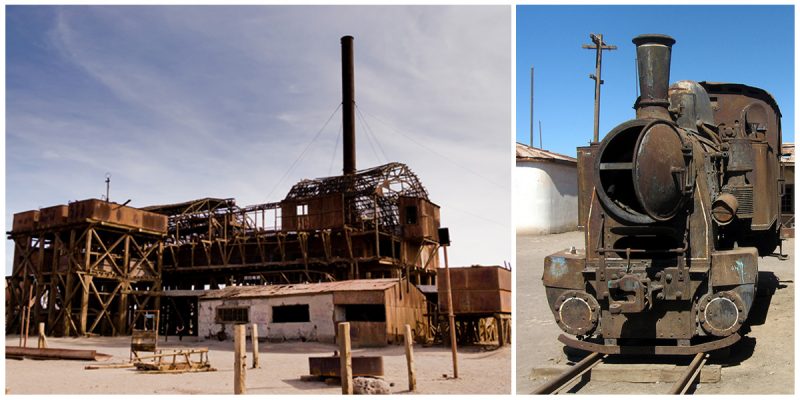These haunting ghost towns are the relics of the nitrate towns that formed in northern Chile during the 19th century. Humberstone was founded in 1862 by James Thomas Humberstone as the nitrate mining center of “Oficina La Palma“ (later, in 1925, renamed as Humberstone in honor of its founder).
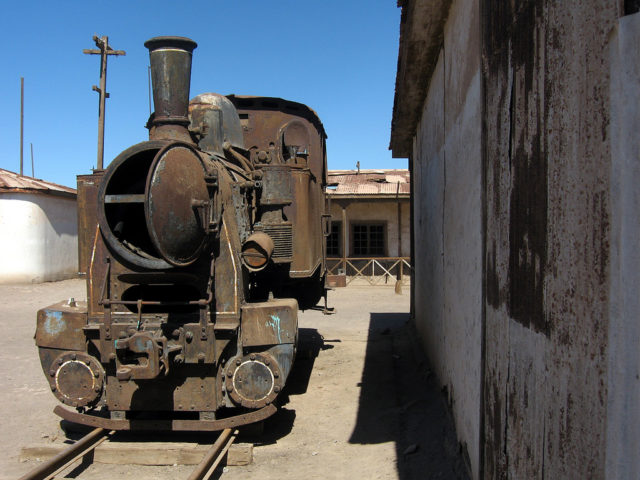
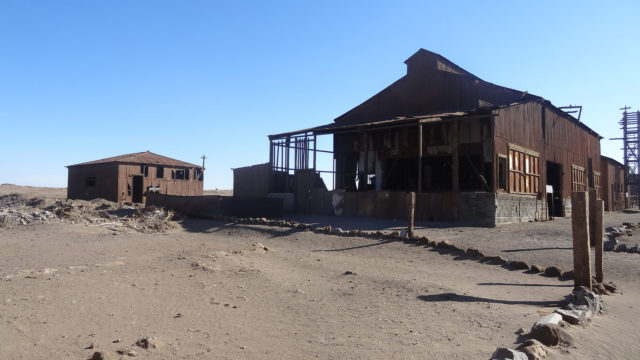
While “La Palma“ became one of the largest saltpeter extractors of the whole region, Santa Laura did not do well, as production was low. It was taken over in 1902 by the Tamarugal Nitrate Company and in 1913 Santa Laura halted its production until the Shanks extraction process was introduced, which enhanced productivity. Both Humberstone and Santa Laura have made the most of the period in which nitrate trade was on great demand. Both works grew quickly, becoming busy towns characterized by lovely buildings in the English style.
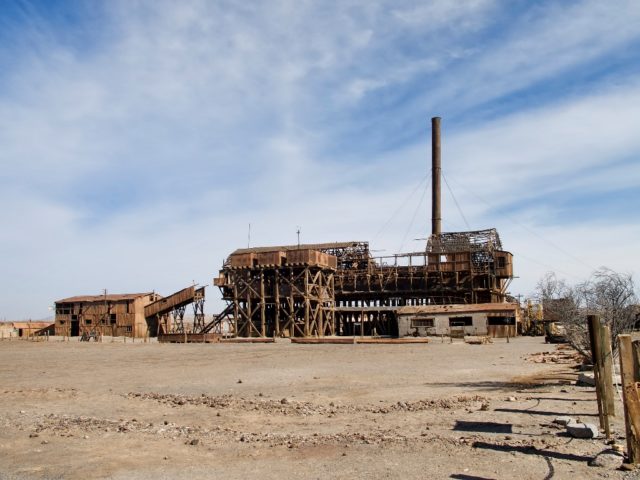
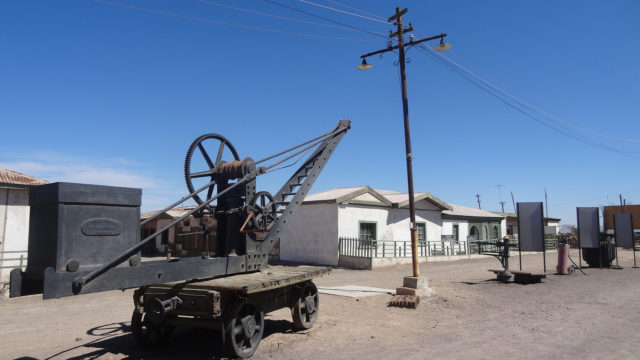
However, the economic model collapsed during the Great Depression of 1929 because of the development of the synthesis of ammonia by the Germans Fritz Haber and Carl Bosch, which led to the industrial production of fertilizers. Practically bankrupt, both works were acquired by COSATAN (Compañía Salitrera de Tarapacá y Antofagasta) in 1934. The company tried to produce a competitive natural saltpeter by modernizing Humberstone, which led to its becoming the most successful saltpeter works in 1940. At its height, Salitrera Humberstone had a population of some 3,700 inhabitants.
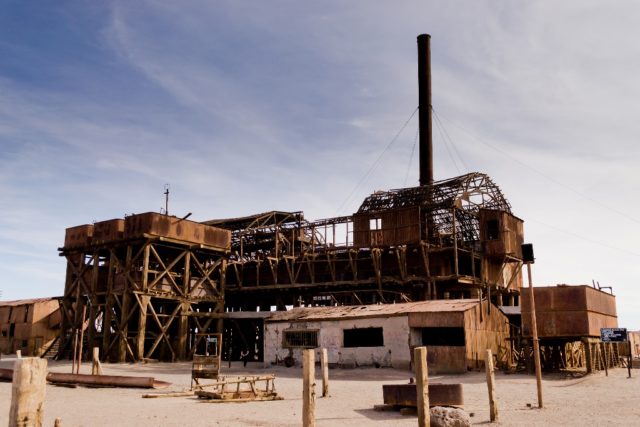
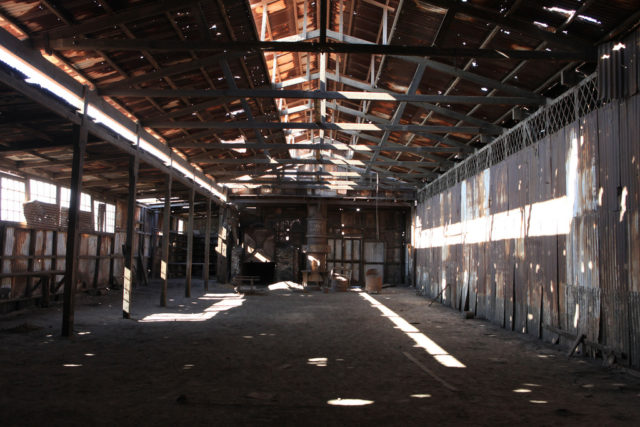
Nitrate is an essential ingredient in fertilizer, but in the ’30s, a cheap synthetic substitute was created, effectively rendering nitrate (also called saltpeter) obsolete. With the need for mined nitrate diminished, the towns of Humberstone and Santa Laura began to decline alongside the industry they were built on.
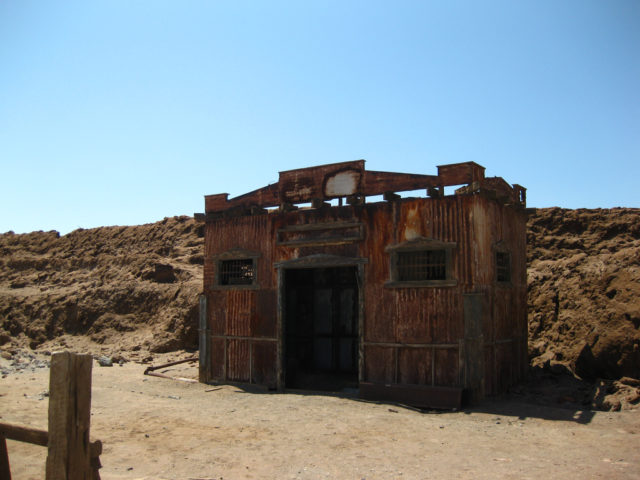
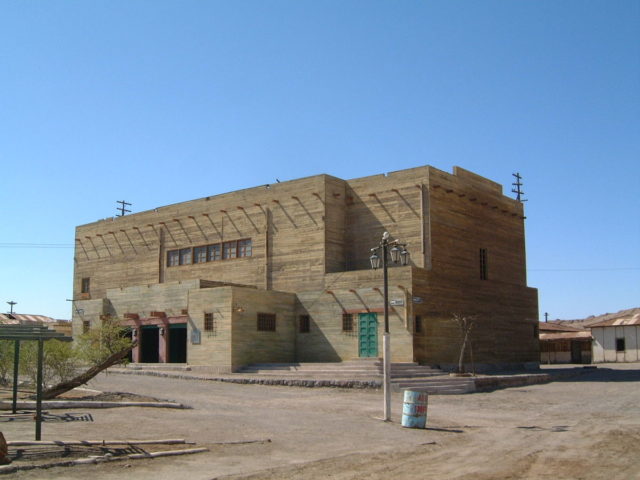
The towns suffered a slow demise, taking three decades to become completely abandoned. It wasn’t until 1961 that the factory offices (which had continued to support a handful of residents) shut down completely. At the factories, the machinery remains and the workers’ houses are around today.

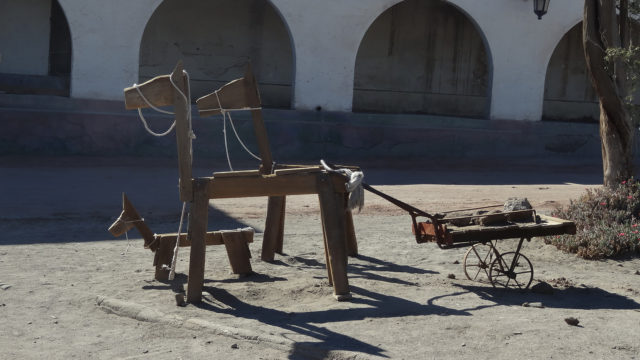
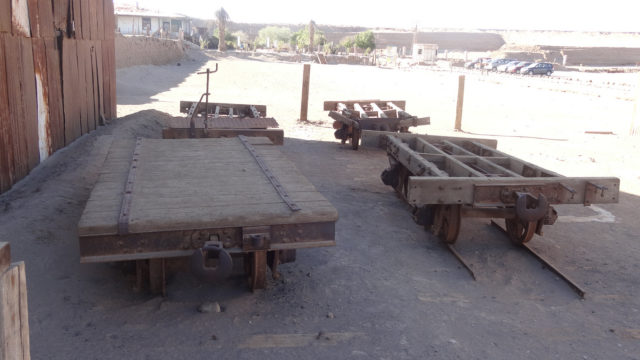
In 1970, the government of Chile declared both of the towns as national monuments and they were opened to tourism. And in 2005, they were declared World Heritage Sites by the United Nations Educational, Scientific, and Cultural Organization (UNESCO), which should protect the towns from destruction or development and help ensure their future preservation.
